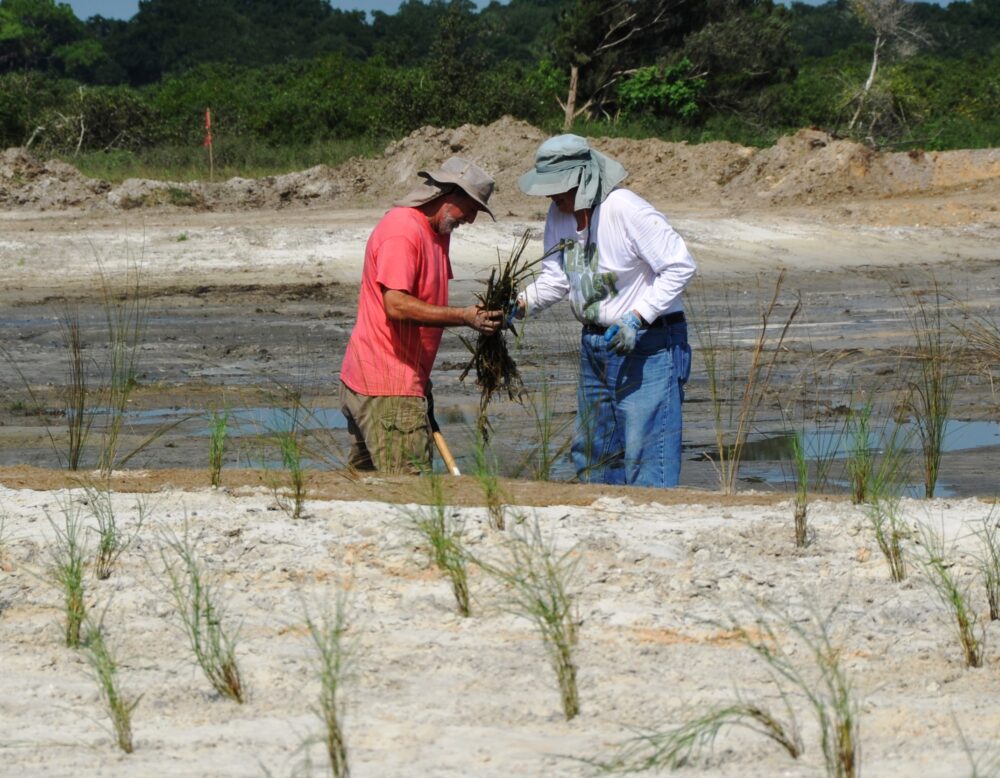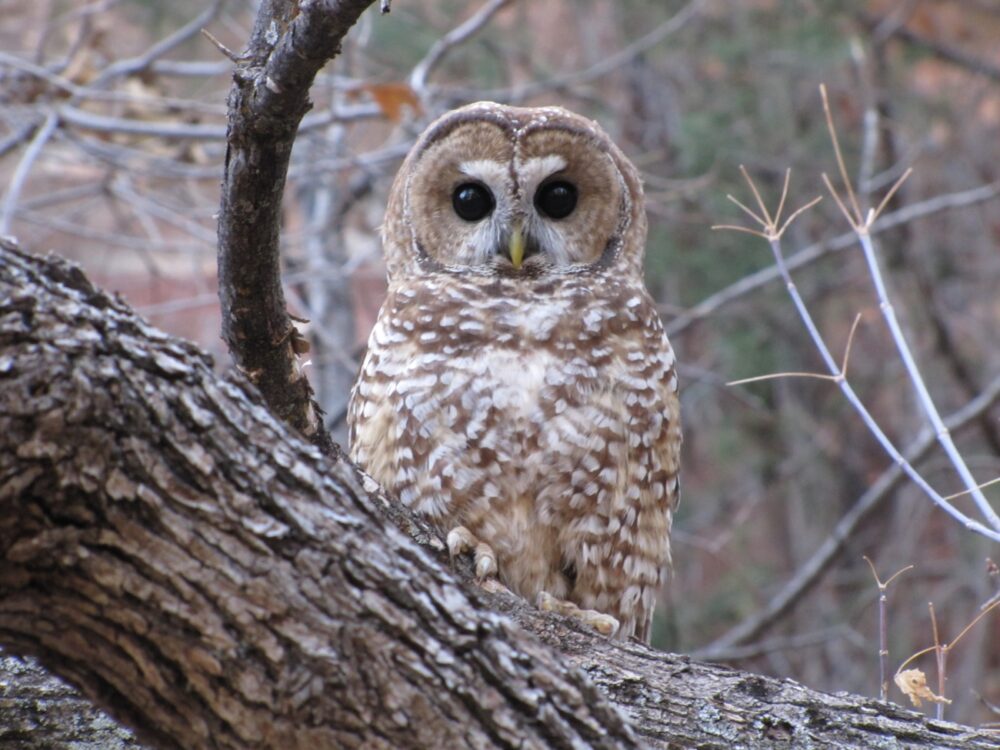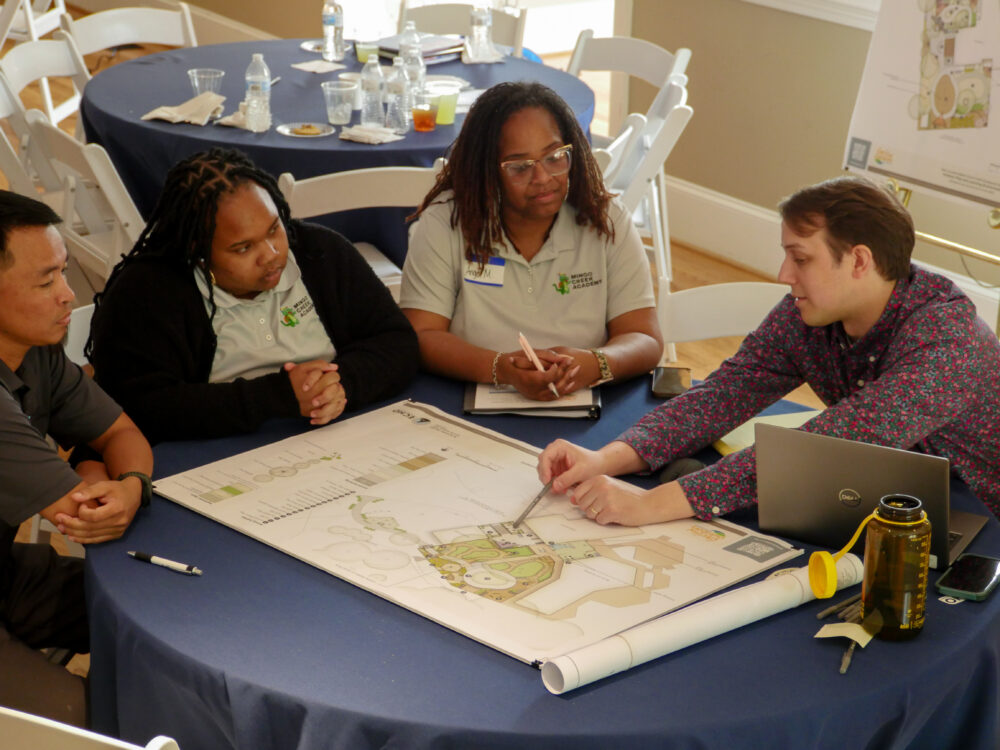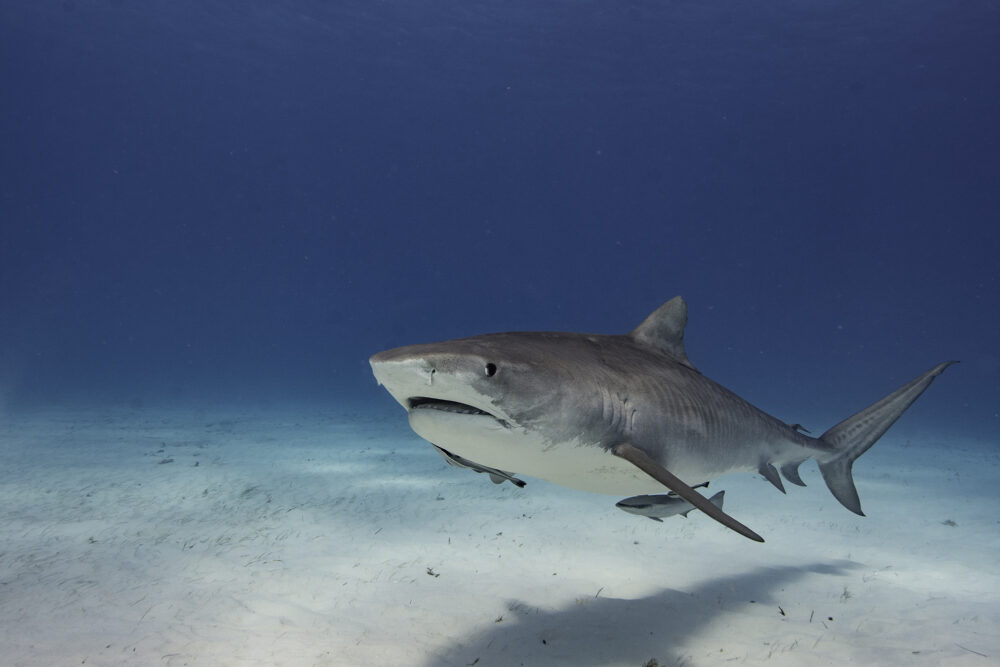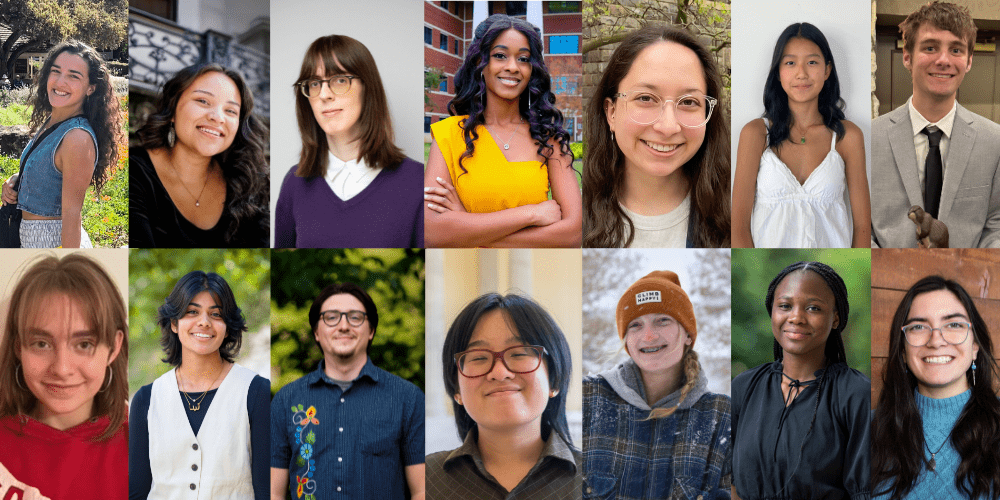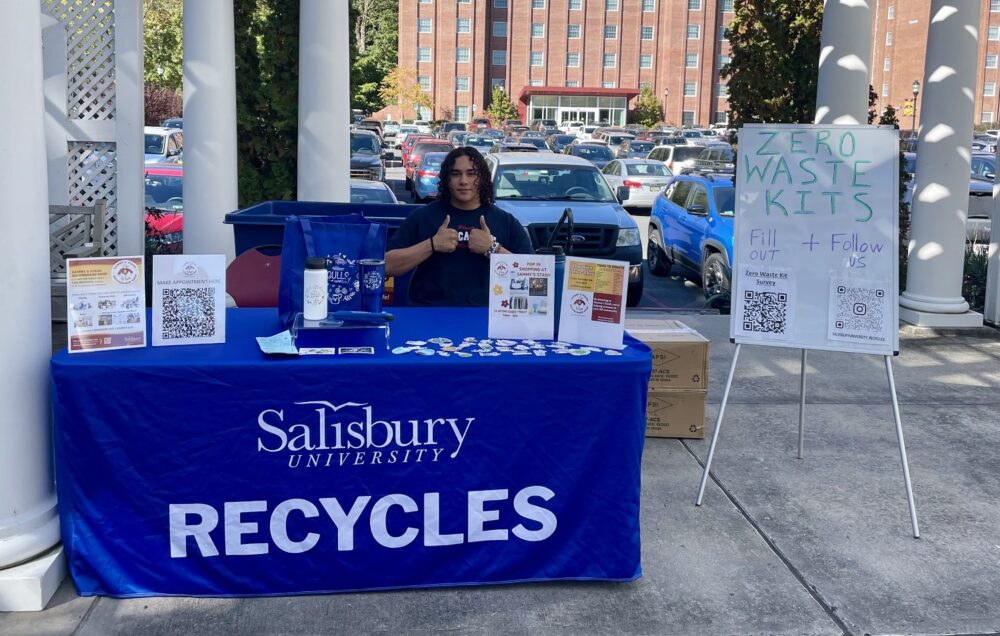We have much more to do and your continued support is needed now more than ever.
It’s an Urban Jungle Out There – Growing Sustainable Schools in New York City
Last October, I started my dream job as New York City Outreach Manager for Eco-Schools USA. Every day, I get to wake up and help teachers and parents find ways to make their schools more sustainable by reducing waste, saving energy and incorporating environmental education into their curriculum.

In 2012, my colleagues and I helped to launch a composting pilot program in eight Upper Manhattan schools that reduced the volume of cafeteria garbage by 85%. The City of New York replicated our model and expanded it to 60+ schools in September 2012, with another expansion planned for 2013. PS 166 has won a few awards, some money, and received a proclamation from Albany. It feels good to be recognized for your efforts.
And that’s exactly what the Eco-Schools program does. Through the Bronze, Silver and Green Flag award levels, the program recognizes and celebrates a school community’s green achievements. I’m betting that several schools in NYC will be candidates for the Green Flag.
Already, I’ve met some amazing teachers and principals who are dedicated to greening their schools and curriculum. There’s Kyesha Ruffin, Park East High School’s passionate science teacher and Sustainability Coordinator. Ruffin started a science club and has set her sights on an underutilized space in the school that she would like to turn into a garden/outdoor classroom. She is working with Solar1, an Eco-Schools partner, to do an energy audit of her school, is getting her whole school involved in recycling, and plans to jumpstart a cafeteria composting program with her students’ help. Park East High School is now an Eco-School and I look forward to working with Kyesha on these great projects.
In the Hunts Point section of the Bronx — one of the poorest Congressional districts in the United States – is St. Ignatius, a NYC Eco-School serving 90 middle school students, most on full scholarships. John Omernik is St. Ignatius’s dedicated Principal — dedicated to his students and the principles of sustainability. Omernik’s students are planting vegetables and flowers in their school garden, doing community cleanups with neighboring schools, and recycling. They are partnering with HEART, a non-profit that integrates humane education into the school curriculum, motivating students and teachers to develop compassion and respect for all living beings and the environment. In the Fall of 2011, St. Ignatius teamed up with NYC Parks Natural Resources Group and the Urban Park Rangers to participate in the Citizen Science Salamander Monitoring Project. Students trekked through the brush in Bronx’s Pelham Bay Park to find and measure red-backed salamanders, helping scientists study the health of the salamanders’ habitat. How cool is that, and how great are these educators?
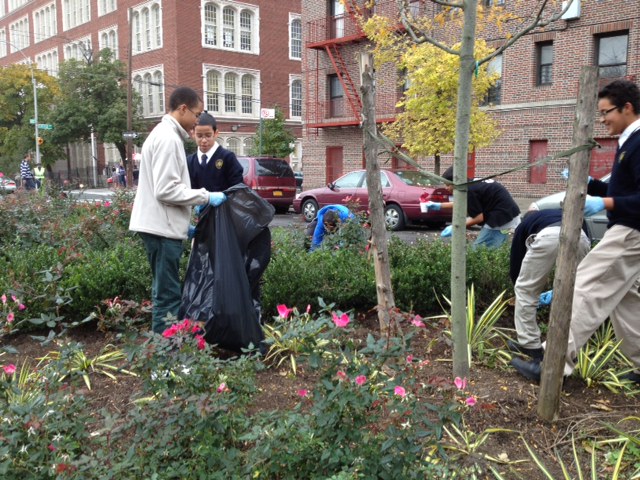
Did you know that Central Park is home to 230 species of birds?! Just the other day, on a walk around the Reservoir, my kids and I identified 12 species of birds in 45 minutes, including hooded mergansers, grebes, mallards, gulls and blue jays. The Wild Bird Fund, NYC’s first licensed wildlife rehabilitation facility on the Upper West Side, helps many of those birds. In 2010, the Fund relocated a wild female mallard duck that had made her nest and given birth to five babies in PS 166’s noisy school garden! It was a great learning experience for the children.
School gardens are a great way to get kids outside; 51.5% of NYC Eco-Schools surveyed in 2012 have created outdoor classrooms. Don’t have a garden, space for one, or plans to start one? That’s OK. Schools can plan day trips to any one of NYC’s 1,700 parks, playgrounds and recreation facilities across the five boroughs. This guidebook has some great ideas to help you plan.
Teachers who want to weave outdoor themes into their curriculum can use Eco-Schools’ Biodiversity Pathway, and have their students participate in a Wildlife Watch to record the species of animals they see where they live, take pictures, and then write about it in class. This not only satisfies NYC English Language Arts requirements, but gets kids moving, breathing fresh air and engaged in the world around them. Studies show that outdoor learning actually boosts academic performance. More importantly, early experiences with nature and animals can really shape children’s views of the world and instill a sense of curiosity, compassion and respect for nature and wildlife. Now, more than ever, we need to be instilling those values in our children and I look forward to contributing to that goal.
Are you at a NYC school that has had some great outdoor learning experiences, or has a great green project? If so, I want to know about it! Tell us about it in the comments below. Maybe I’ll feature you in an upcoming post! And if you’re not already a registered Eco-School, please sign up!




